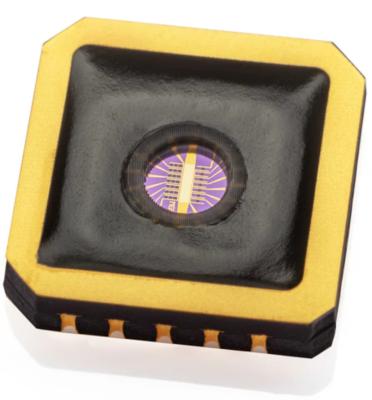GrapheneDx, General Graphene Corp and Sapphiros announce strategic partnership to industrialize graphene-based biosensors
GrapheneDX, General Graphene Corporation and Sapphiros have announce a strategic partnership to industrialize graphene-based biosensors for medical devices used to diagnose a variety of diseases at the point-of-care and in consumer settings.
GrapheneDx is an in vitro diagnostics company focused on improving diagnostic capability at the point-of-care and in consumer settings. The company is an expert in functionalizing graphene to create graphene field effect transistors (GFETs), which are biosensors that can be used to detect disease in biological samples. GrapheneDx's medical devices are designed to provide lab-quality accuracy, deliver results in less than 5 minutes and be simple enough to be performed both at the point of care and by patients without the supervision of a medical professional. The company's GFET platform is versatile, demonstrating performance across a variety of disease states (sexually transmitted infections, respiratory disease, cardiac disease, concussion and others) and sample types (stool, urine, swabs, blood, etc.), with little or no sample preparation. Additionally, the platform is capable of multiplexing numerous analytes concurrently with a single patient sample. GrapheneDx's first tests will be for the diagnosis of sexually transmitted infections, including Chlamydia and Gonorrhea, using a noninvasive, easy to collect urine sample.






